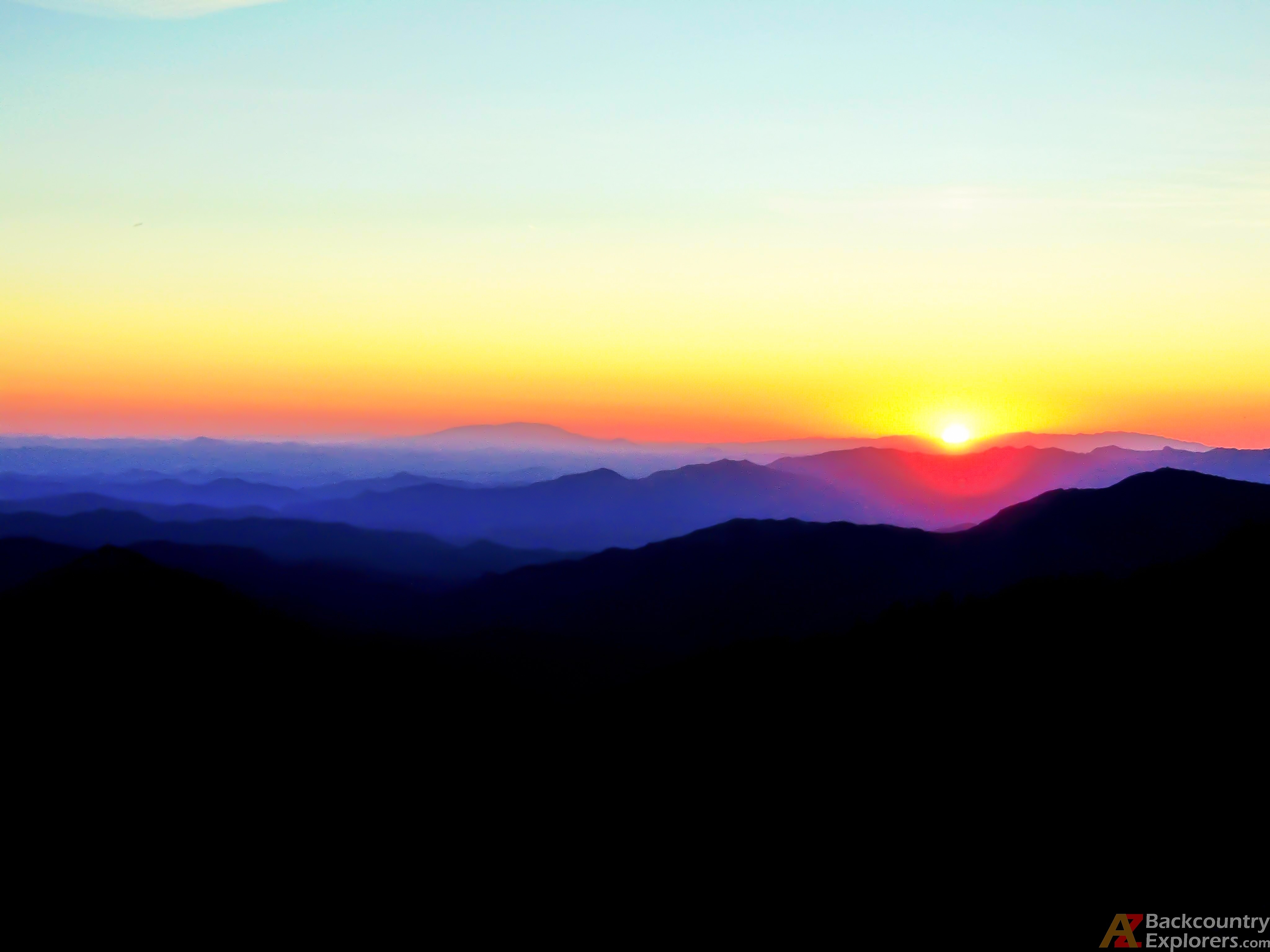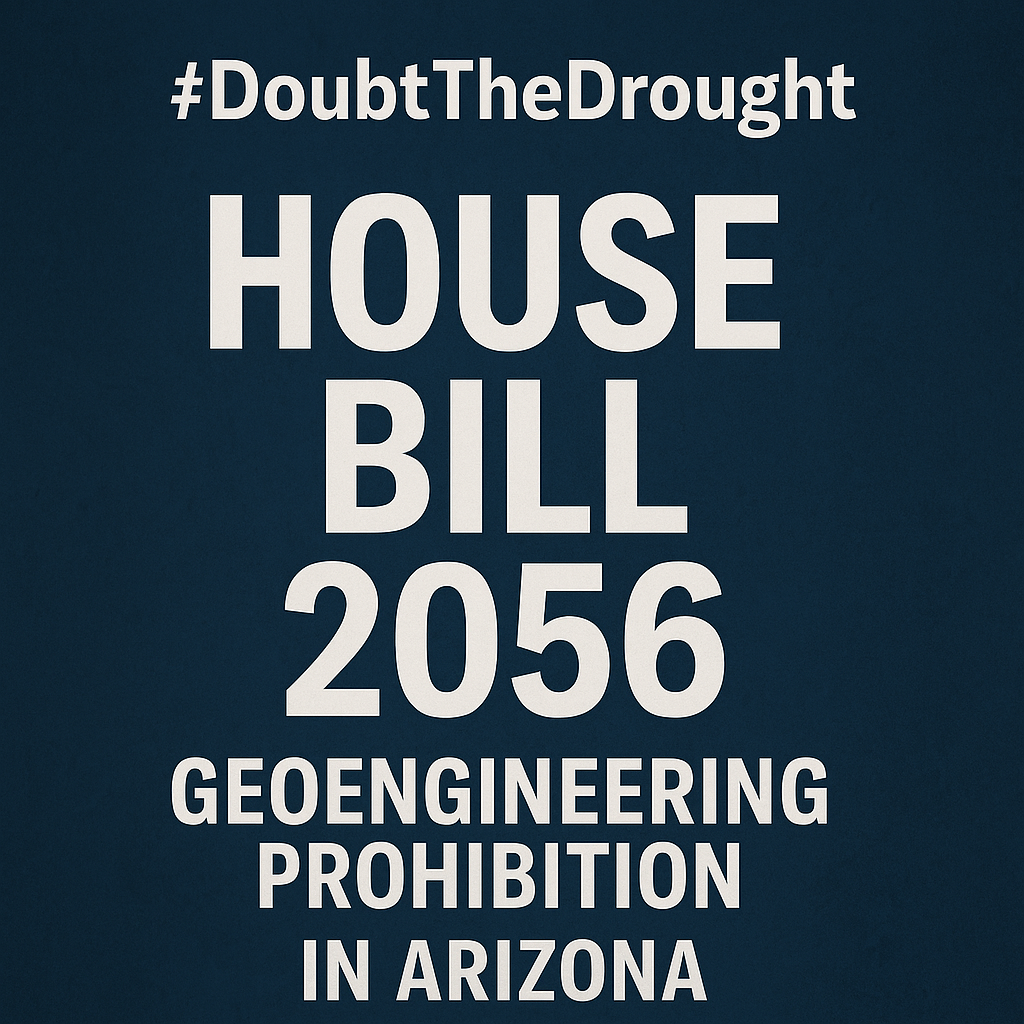Your cart is currently empty!
Posted in
A partially restricted or blocked exhaust system can cause various issues in a vehicle, such as a loss of power or backfiring through the throttle body. These symptoms can be concerning and may prompt a need for thorough diagnostics. In this guide, we’ll walk through the steps to perform a comprehensive test to identify and diagnose a restricted exhaust system in a 1990 Jeep Truck Cherokee 4WD equipped with a 4.0L L6-242 engine (VIN L FI).
1. Preliminary Checks:
Before conducting the exhaust system test, it’s crucial to ensure that the observed symptoms are not caused by ignition or fuel system problems. Address any potential issues in these systems before proceeding with the exhaust system diagnostics.
2. Visual Inspection:
Begin by visually inspecting the exhaust system. Look for any obvious signs of damage, such as dents, cracks, or physical blockages. Pay close attention to the exhaust manifold, pipes, catalytic converter, muffler, and tailpipe.
3. Test Setup:
Once the visual inspection is complete, proceed with the following steps:
- Attach a Vacuum Gauge: Connect a vacuum gauge to a vacuum port on the intake manifold. This gauge will measure the vacuum pressure in the intake system.
- Connect a Tachometer: Attach a tachometer to the ignition coil negative (TACH) terminal. The tachometer will display the engine speed.
- Start the Engine: Start the engine and allow it to idle. Observe the vacuum gauge, which should initially indicate a vacuum of 16-21 inches Hg (inches of mercury).
4. Vacuum Test at Idle:
- With the engine idling, observe the vacuum gauge. It should maintain a steady reading within the specified range (16-21 inches Hg).
- If the vacuum gauge reading falls below 16 inches Hg, it indicates a potential restriction or blockage in the exhaust system.
5. Vacuum Test at 2000 RPM:
- Increase the engine speed to 2000 rpm and observe the vacuum gauge.
- The vacuum reading may momentarily decrease due to the rapid increase in engine speed. However, it should stabilize within the specified range (16-21 inches Hg) and remain constant.
- A vacuum reading consistently below 16 inches Hg at 2000 rpm indicates a restricted or blocked exhaust system.
6. Identifying the Location of Restriction:
- If the vacuum remains low, proceed with further tests to identify the location of the restriction.
- Disconnect the exhaust pipe at the manifold and repeat the vacuum test at 2000 rpm.
- If the vacuum stabilizes within the specified range with the exhaust pipe disconnected, the restriction is likely located downstream in the exhaust system (catalytic converter, muffler, or tailpipe).
- If the vacuum remains low even with the exhaust pipe disconnected, it suggests a restriction in the exhaust manifold.
7. Further Inspection:
- Based on the test results, continue inspecting the exhaust system components to pinpoint the exact location of the restriction.
- Remove the muffler and retest to determine if the restriction lies within the catalytic converter or the muffler/tailpipe.
- Inspect the catalytic converter and muffler for any signs of damage or blockage, ensuring that debris from a failed converter has not entered the muffler.
8. Conclusion:
Once the location of the restriction is identified, necessary repairs or replacements can be performed to restore the exhaust system’s proper function. After completing the diagnostics, remember to disconnect the tachometer and vacuum gauge.
By following these steps, you can effectively diagnose and address a restricted exhaust system in a 1990 Jeep Truck Cherokee 4WD, ensuring optimal engine performance and emission control.
Tags:
You may also like…

Visit the AZBackroads.com Store

Please Become A Member
We need your help to keep our backroads open. Please join today!











